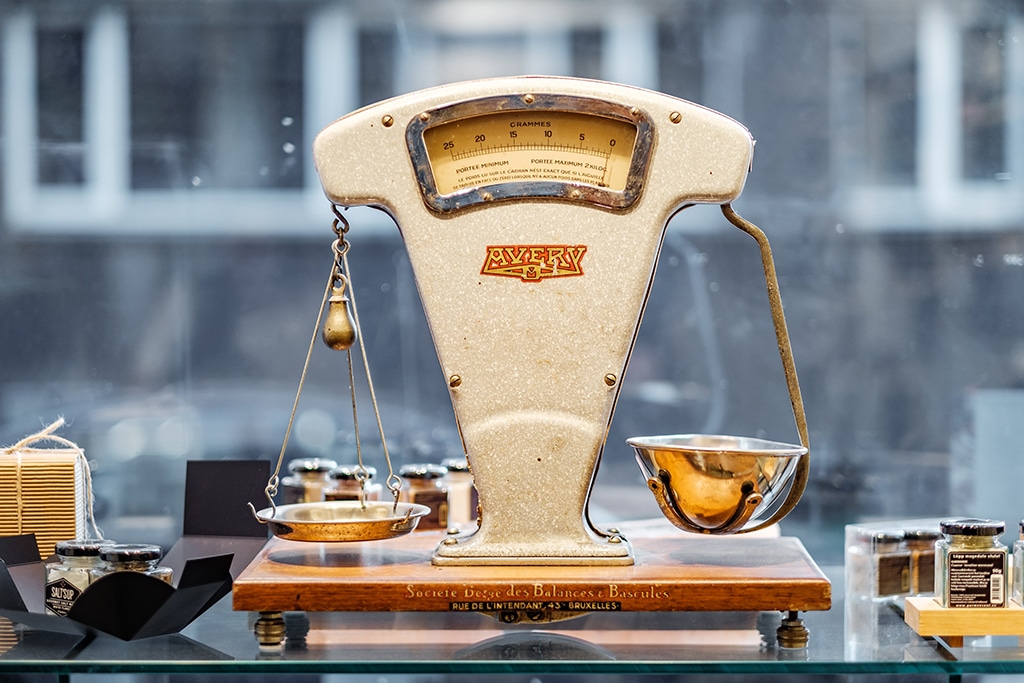Fundamental and technical traders are two distinct kinds of traders who approach markets differently. Fundamental traders and technical traders can also use different data analytics and technology in automated trading systems. To aid them in making trade-making decisions, traders who are fundamental can utilize economic and financial data, such as corporate earnings and interest rates, as well as indicators and economic indicators. They believe that changes in these fundamental variables drive market movement and that understanding the driving forces is vital to make well-informed trading decision. Technical traders on the other hand concentrate on chart patterns and technical indicator to aid them in making trade-making choices. They believe that trends and past market activity can provide insight into the future direction of markets. The use of technical analysis is more effective than traditional analysis. For automated trading systems, it's possible that fundamental traders will be more likely than other traders to use algorithms which incorporate analysis and data from the fundamentals. Technical traders, on the other hand may use algorithms that include technical charts or indicators in their decision making process. In conclusion Fundamental traders and technical traders differ in their approach to markets and the use of data and analysis in their trading decision-making. These distinctions could cause differences in the types and features of automated trading systems they employ. Technical traders tend to use systems incorporating technical analysis and fundamental data, while technical traders tend to prefer systems that include technical analysis. Have a look at the best best cryptocurrency trading bot for website recommendations including trading with indicators, trading indicators, algorithmic trading bot, forex backtesting software, free trading bot, automated system trading, which platform is best for crypto trading, backtesting software forex, best free crypto trading bot 2023, crypto daily trading strategy and more.

Automated Trading Systems. Simple Moving Average And Exponential
Exponential Moving Average (EMA) and Simple Moving Average (SMA) are two of the most commonly used technical indicators in automated trading systems.The Simple Moving Average (SMA) is calculated by summing up the closing prices for a currency pair over the specified period of time and then dividing the result by the number of times. For calculating the 50-day SMA, take the closing prices of a currency pair in the last 50 days. Then , divide the result by 50.
The Exponential Moving Average (EMA) is similar to the SMA, but gives more weight to prices of recent times in the calculation. The EMA is calculated using the weighted average of closing prices and the weight that is that is given to the latest prices being higher than the weight given to prices from earlier times. The EMA responds faster to market conditions changes more quickly than the SMA.
Automated trading systems utilize moving averages to discern trends and give buy and sell signals. A typical strategy is to purchase when the price crosses over the moving average and then sell when the price crosses below the moving average. It is possible to determine trends using moving averages. An upward moving average can indicate an uptrend, while a falling moving Average indicates a downward trend.
EMA and SMA can be used as indicators of technical quality for automated trading systems. They can be utilized to identify trends, verify their validity, and provide signals to buy or sell. The decision between EMA and SMA is contingent on the specific requirements and goals of the trader, with EMA being more responsive to changes in market conditions as well as the SMA being a more reliable indicator of trends that last longer. Read the top rated backtesting for site recommendations including divergence trading forex, most profitable crypto trading strategy, backtesting tool, free trading bot, best crypto trading bot, algo trading, trading algorithms, algorithmic trading crypto, stop loss in trading, backtesting platform and more.

What Are Bollinger Bands In Automated Trade Systems?
Bollinger Bands are a typical technical indicator used for automated trading systems. They are made up of a basic moving line (SMA) and two outer bands. The outer bands are comprised of standard deviations, which are plotted within a specific distance of the SMA. The volatility of the underlying asset determines the way standard deviations are calculated for the calculation of outer bands. Bollinger Bands are commonly employed in trading software that automates transactions, may often be utilized to determine the possibility of shifts in market conditions. If the price goes beyond the outer bands it could be a sign of the possibility of a trend reverse or an increase in volatility. It is also true. If the price is within these outer bands, it could indicate the tendency for it to consolidate , and therefore a less likely trend shift. Bollinger Bands can be combined with momentum oscillators or other indicators of technical analysis to create buy/sell signals. One strategy is to purchase when the Bollinger Band is lower and to sell when it gets to the top of the Bollinger band. Bollinger Bands can be used as a technical indicator within automated trading systems. They are able to identify the changes in market conditions and produce buy/sell signals. The decision on the decision to utilize Bollinger Bands is contingent upon the particular needs and objectives of the trader and on their individual trading style and approach to the market. Read the top rated forex backtest software for more recommendations including backtesting tradingview, position sizing in trading, automated crypto trading, algorithmic trade, do crypto trading bots work, automated trading systems, backtesting software free, crypto backtesting, trading with divergence, backtesting platform and more.

What Exactly Is Adx And How Does It Work With Obv (Onbalance Volume) Or Regression
The Average Directional Index (ADX), a technical indicator, is commonly used in analysis of technical aspects to evaluate the direction and strength of a trend within the financial market. It is used to measure the direction and strength of the trend. It is calculated using on the ratio between two exponentially moving averages (EMAs) which are the low or high price of an asset. ADX is often combined with other indicators, such as the +DI or -DI to generate buy/sell signals within automated trading platforms. However On-Balance Volume (OBV) is a momentum indicator that uses volume changes to determine the intensity of a trend. OBV and ADX are both valuable instruments for automated trading systems that produce signals to enter or exit. Both measures are able to measure various aspects of market activity and they can also offer additional information. OBV is a measure of the buying and selling pressure, by recording the cumulative volumes of buying or selling, while ADX determines the how strong a trend is. Regression, however, is a technique that describes the relationship between dependent variables and one or more unrelated variables. Regression analysis, on other side, is a statistical technique used to model the relationship between three or more variables, such price and volume or to find patterns or trends in the data. It can be utilized by automated trading systems to produce signals, understand market relationships and make informed trade decisions. The specific objectives and the style of trading of every trader will determine the choice of tools.